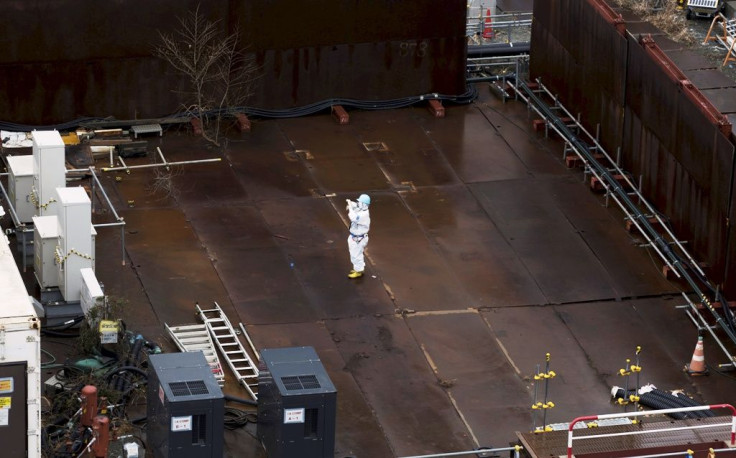Fukushima News: High Nuclear Reactor Radiation Fails To Bring Out Melted Fuel

During recent investigations conducted using cameras and robots at the site of Fukushima No. 1 nuclear power plant, after six years of the triple meltdown, it has likely identified melted fuel rods for the first time underneath the damaged reactor 2, Japan Times reported. Following a major earthquake on March 11, 2011, a 15-metre tsunami disabled the power supply and cooling of three Fukushima Daiichi reactors, causing a nuclear accident.
Before this investigation, robots were also sent inside the reactor 2, in mid-February, which was the first time since the plant's meltdown in 2011, but due to extreme high radiation levels, even those could not survive, the Guardian had reported.
Read: Fukushima News: Even Robots Failed To Survive In 'Unimaginable' Nuclear Reactor Radiation
The Fukushima Daiichi tragedy is the world’s worst nuclear disaster since Chernobyl that occurred April 26, 1986.
Although experts have pointed out that getting a peek into the vessel of reactor 2 was an accomplishment but the investigation also highlighted the difficulty level of reaching the exact location of the melted fuel. Removing it is still a distant thought.
Last month, the facility’s operator, Tokyo Electric Power (Tepco), had said atmospheric readings has reached up to 530 sieverts an hour, which was recorded inside the containment vessel of reactor No 2. Just a single dose of one sievert can cause radiation sickness and nausea and 5 sieverts can kill half those exposed to it within a month and a single dose of 10 sieverts can be deadly within weeks, according to the Guardian.
The biggest challenge to remove the melted fuel underneath the reactor 2 is the extremely lethal levels of radiation inside the vessel that have crippled even robots and other mechanical devices. Experts are concerned about how to take out the melted fuel in the crippled reactors, Japan Times reported.
“The work to probe inside the containment vessels and remove the fuel debris will be extremely tough because of the high radiation levels,” said Hiroshi Miyano, who heads a panel of the Atomic Energy Society of Japan, which is discussing ways to decommission the Fukushima plant and making recommendations to the government.
It might take 30 to 40 years to clean up the plant and the industry ministry recently estimated the cost at 21.5 trillion yen ($189 billion), according to the Guardian.
© Copyright IBTimes 2024. All rights reserved.






















